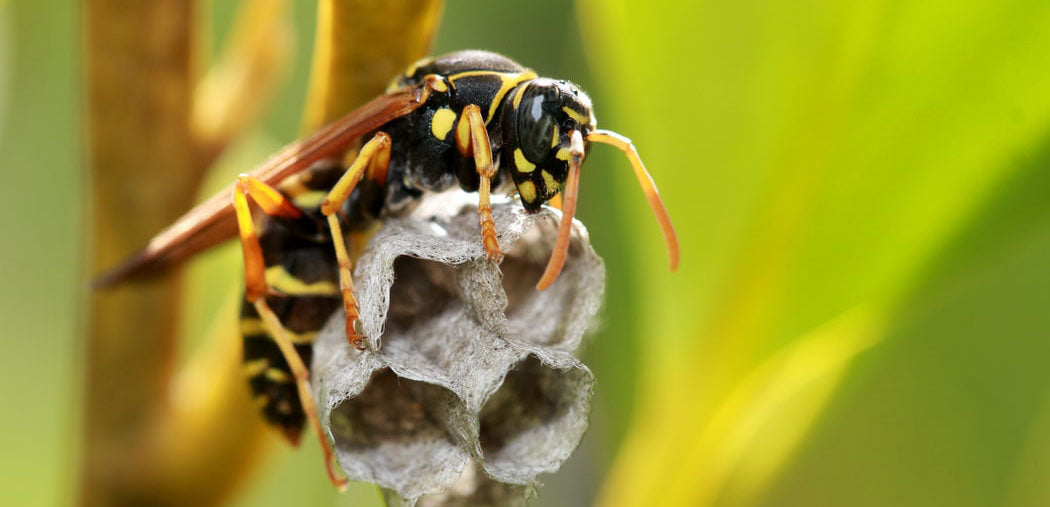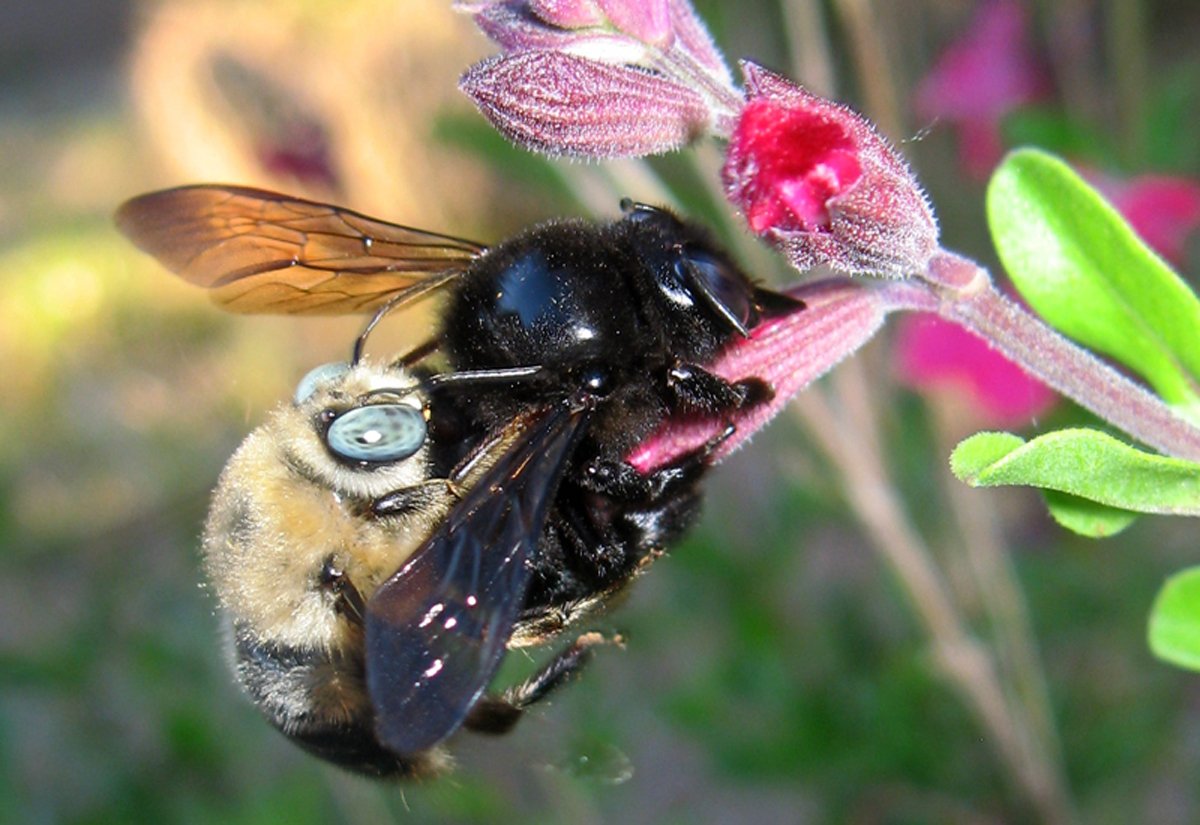The Worst Season of the Year: Tick Season
Say what you will about having to shovel snow in blisteringly cold temperatures. Depending on where in the US you live, winter isn’t always fun, but at least there are no creepy-crawlies making a beeline for your blood!
If it came right down to it, most people’s “Top Ten Most Disturbing Insects'' list would likely put ticks somewhere firmly between malaria-carrying mosquitoes and the persistently aloof biting midges. Whether it’s the eight spidery little legs, the abdomen swollen with blood or just their generally sinister aura, ticks are a nuisance that should be avoided.
Which brings us full circle – tick season.
So when is it? Well, unfortunately for the global populace, there are over 1,000 tick species, and each one has a region it likes to call home. 1 On the plus side, ticks are fairly predictable in their seasonality, though it does differ somewhat from state to state.
Let’s dive into that a bit further!
When Does Tick Season Start?
The answer to this question can be summarized as follows: whenever it gets warm. Generally speaking, tick season begins when the weather begins to turn warm, which for most of the US may be as early as March or April. This tends to persist up until the colder fronts of fall really start to move in starting in mid-to-late October.
When the weather begins to drop below freezing, most of the ticks in your area will become dormant and are no longer as pressing a concern. However, if you live in a region where moderate or warm climates prevail year-round (for example, most of California and much of the southeastern US) you may have the burden of dealing with these little buggers all twelve months.

Where Are Ticks Found?
Well, everywhere.
While each region of the US has different species of ticks, the truth is that nearly every corner of the country hosts at least one. Fortunately, while nearly all tick species are equally creepy to look at, only a few are actually capable of transmitting diseases to human beings.

According to the CDC, the black-legged tick (otherwise known as the deer tick) is one such culprit in the spreading of Lyme disease. Typically this species of tick will remain in the northeastern, mid-Atlantic, and north-central United States, covering about half of the total geographic landmass of America. The other half is covered by the deer tick’s ever-so-accommodating counterpart, the western black-legged tick, which as the name denotes tends to remain within the western coastal states and is equally effective at spreading Lyme disease.

Those two aside, the celebrity tick list also includes the following:
1.) The American Dog Tick :

2.) The Brown Dog Tick :

3.) The Rocky Mountain Wood Tick :

4.) The Gulf Coast Tick :

Are Ticks Dangerous?
Given their capacity to carry diseases like Rocky Mountain spotted fever, Lyme disease, tularemia and more, it’s undeniable that these little arthropods have the potential to pack a mean punch. However, not all ticks are created equal.
Beyond just the variety of species, the age and maturity of a tick play a big role in its ability to transmit disease. Before developing into its final form, a tick will pass through three stages of maturation: larva, nymph and finally adult.
According to CDC research, “Most humans are infected through the bites of immature ticks called nymphs. Nymphs are tiny (less than 2 mm) and difficult to see; they feed during the spring and summer months.” 2 However, just because it is more likely that a nymph will be the disease carrier does not mean that a fully grown adult tick cannot also carry a parasite. In fact, the CDC goes on to state that “adult ticks can also transmit Lyme disease bacteria, but they are much larger and are more likely to be discovered and removed before they have had time to transmit the bacteria. Adult Ixodes ticks are most active during the cooler months of the year.”
Therefore, the greatest risk to humans comes in the spring and early summer months, when the nymphs are most active.
The good news is that most ticks, even at the nymph stage, need between 36 and 48 hours before Lyme disease–carrying bacteria can be transmitted to humans, giving you some time to find and remove the unwanted hitchhikers!
Knowledge Is Prevention
While there’s nothing you can do to 100% guarantee that you won’t encounter these creatures on a beautiful spring day, there are certain measures you can take to reduce your chances.
-
Understand the Landscape
Ticks are predictable creatures. They tend to prefer grassy, wooded areas with lots of vegetation to hold on to while they wait for their next ride. That said, if you know you or your loved ones are going to be working in an area that fits this description, particularly when it’s humid and warm, make sure to thoroughly check your hair and skin (and your pet’s as well) for ticks before heading inside. -
Use Tick Repellent
Use EPA-approved tick and insect repellents, such as DEET or picaridin. 3 For a natural alternative, try a product containing lemon eucalyptus oil, like Best Bee Brothers Insect Repellent, to add a protective layer to your skin and deter ticks from attaching to you. -
Layer Up
If the thought of spraying your skin or clothes with chemicals gives you pause, then a simple alternative is modesty – that is, wear more clothes! The more layers you have on, and the less of your skin that is exposed, the greater the likelihood that you’ll walk away from your outdoor activities tick-free.
Chomp, Chomp!
Sometimes preventive measures take you only so far. If you do find yourself suddenly carrying an unwanted guest, the CDC recommends that you take the following steps for removal:
- Use fine-tipped tweezers to grasp the tick as close to the skin’s surface as possible.
- Pull upward with steady, even pressure. Don’t twist or jerk the tick. This can cause the mouth parts to break off and remain in the skin. If this happens, remove the mouth parts with tweezers. If you are unable to remove the mouth easily with clean tweezers, leave it alone and let the skin heal.
- After removing the tick, thoroughly clean both the bite area and your hands with rubbing alcohol or soap and water.
- Never crush a tick with your fingers. Dispose of a live tick by putting it in alcohol, placing it in a sealed bag or container and wrapping it tightly in tape, or by flushing it down the toilet.

- Jesse Ratner, “What You Should Know about Tick Season,” One Medical, August 6, 2019, www.onemedical.com/blog/live-well/what-you-should-know-about-tick-season#:~:text=Tick%20season%2C%20however%2C%20generally%20begins,below%20freezing%20in%20the%20Fall.
- Lyme disease transmission, Centers for Disease Control and Prevention, last reviewed January 29, 2020, https://www.cdc.gov/lyme/transmission/index.html.
- “Preventing Tick Bites,” Centers for Disease Control and Prevention, last July 1, 2020, https://www.cdc.gov/ticks/avoid/on_people.html.









Leave a comment
All comments are moderated before being published.
This site is protected by hCaptcha and the hCaptcha Privacy Policy and Terms of Service apply.